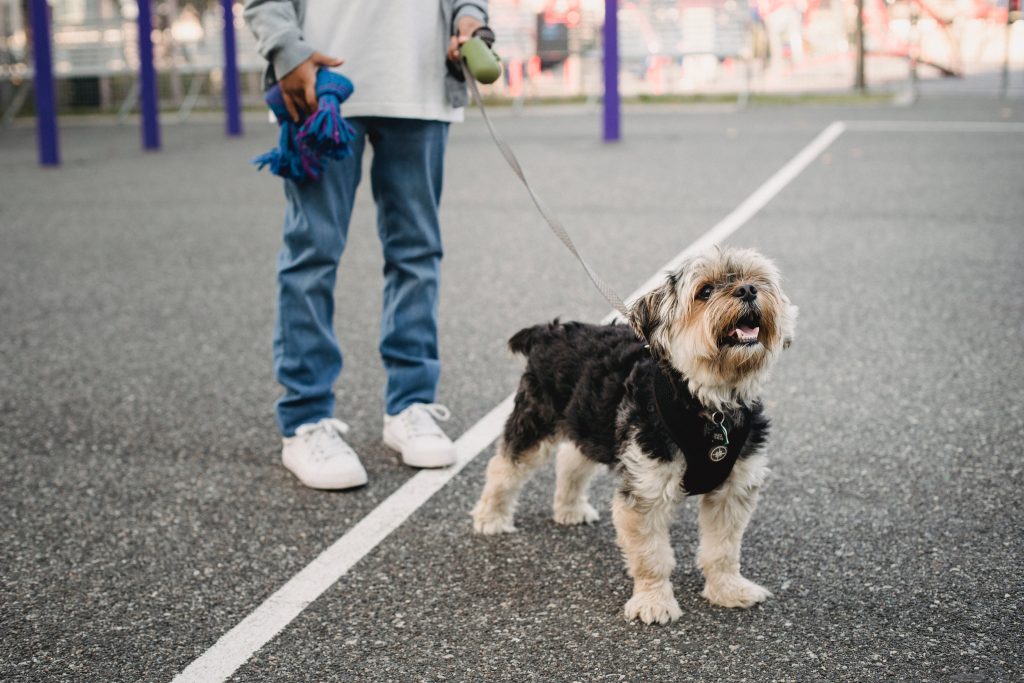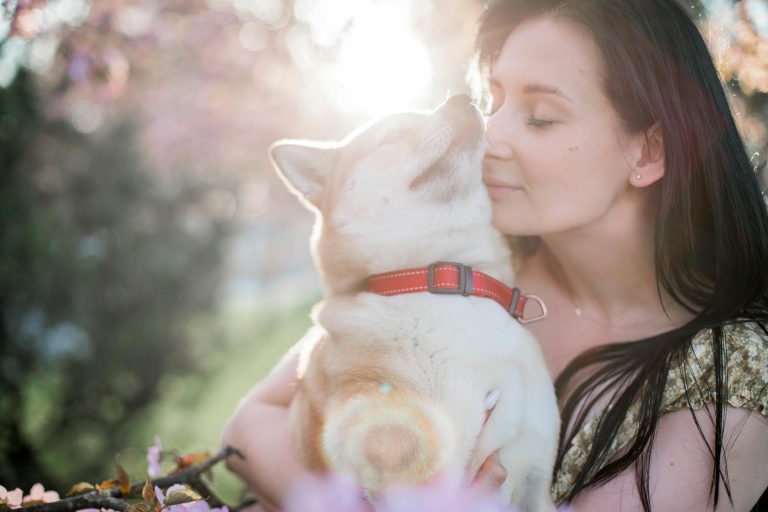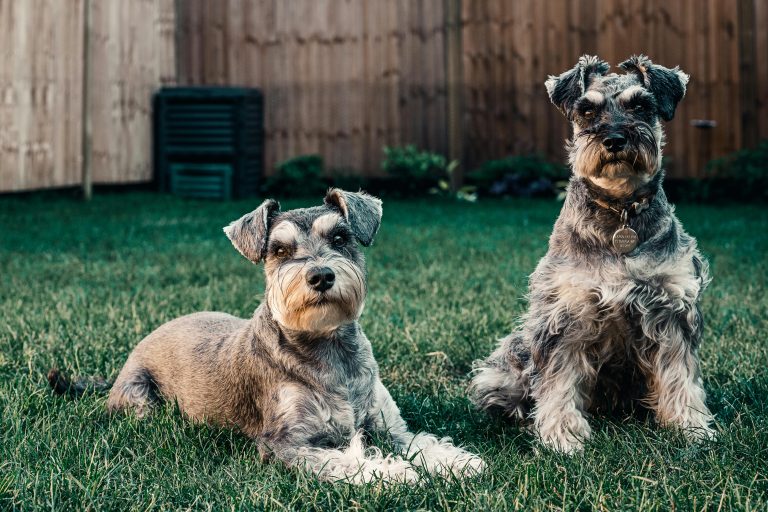What is the difference between a toy dog and a dog?: Toy Dogs vs Regular Dogs
If you find yourself pondering the age-old question, “What is the difference between a toy dog and a regular dog?” – you’re in the right place. In the vast realm of dog breeds, the distinctions between Small dogs and regular dogs extend far beyond mere size. These categories encapsulate a myriad of characteristics, temperaments, and misconceptions. This blog post aims to decode the complexities and shed light on the unique aspects of each category, empowering you to make an informed decision when welcoming a furry friend into your life.

Introduction
Definition of Toy Dogs
Toy dogs, petite in stature but grand in charm, are cherished for their compact size and endearing personalities.
Definition of Regular Dogs
Regular dogs, spanning a broad spectrum of sizes and purposes, serve various roles from companionship to working alongside humans.
Purpose of the Article
This article endeavors to unravel the disparities between small dogs and regular dogs, exploring their characteristics, breeding, care requirements, and debunking common misconceptions.
Characteristics of Toy Dogs
Size and Weight
Typically weighing under 15 pounds and standing around 12 inches or less, toy dogs are perfect for apartment living.
Temperament
Known for their affectionate nature, small dogs form strong bonds with owners, often showcasing a delightful feistiness.
Lifespan
With an average lifespan of 12 to 16 years, small dogs, due to their small size, often experience fewer health issues.
Breeds
Popular toy dog breeds include Chihuahuas, Pomeranians, and Yorkshire Terriers.
Characteristics of Regular Dogs
Size and Weight
Regular dogs come in various sizes, from small to large, with weights ranging from a few pounds to over a hundred.
Temperament
Regular dogs boast a wide range of temperaments, from the friendly Labrador Retriever to the protective German Shepherd.
Lifespan
The lifespan of regular dogs varies based on size and breed, typically ranging from 10 to 14 years.
Breeds
Examples of regular dog breeds include the ever-popular Labrador Retriever, the intelligent German Shepherd, and the loyal Golden Retriever.
Breeding and Purpose
Toy Dogs
Primarily bred for companionship, their small size makes Small dogs adaptable to various living situations.
Regular Dogs
Regular dogs serve diverse purposes, from companionship to working roles, and even as therapy dogs.
Care and Maintenance
Diet
small dogs require smaller portions due to their size, while regular dogs have varied dietary needs.
Exercise
While toy dogs need less exercise, regular dogs, especially larger breeds, may have higher energy levels.
Grooming
Grooming needs vary among breeds; small dogs may need frequent brushing, while regular dogs have different coat types dictating grooming requirements.
Popular Toy Dog Breeds
Chihuahua
Charming and spirited, Chihuahuas are known for their loyalty to their owners.
Pomeranian
With a luxurious coat and lively personality, Pomeranians are favorites among toy dog enthusiasts.
Yorkshire Terrier
Elegance in a small package, Yorkshire Terriers are known for their long, silky coats and confident demeanor.

Popular Regular Dog Breeds
Labrador Retriever
Celebrated for their friendly nature, intelligence, and versatility, Labrador Retrievers are a popular choice.
German Shepherd
Regarded for their intelligence and loyalty, German Shepherds excel in various roles, including police and service work.
Golden Retriever
Known for their friendly disposition, Golden Retrievers make excellent family pets.

The Role of Dogs in Human Lives
Companionship
Both toy and regular dogs provide companionship, with dynamics influenced by size and temperament.
Working Dogs
Regular dogs often take on working roles, showcasing their intelligence and trainability.
Therapy Dogs
Dogs, irrespective of size, can be trained as therapy animals, offering emotional support to those in need.
Misconceptions About Small Dogs
Fragility
Contrary to belief, many toy breeds are resilient and robust when properly cared for.
Limited Intelligence
Size does not determine intelligence; toy dogs can be as intelligent and trainable as their larger counterparts.
Maintenance Challenges
While grooming needs may be higher for some toy breeds, they can adapt well to various living conditions.
Misconceptions About Regular Dogs
Aggressiveness
Not all regular dogs are aggressive; proper training and socialization play a crucial role in behavior.
High Maintenance
While some breeds may have specific care requirements, not all regular dogs are high maintenance.
Space Requirements
While larger dogs may need more space, many regular-sized breeds can adapt to apartment living.
Pros and Cons of Toy Dogs
Pros
- Ideal for apartment living.
- Longer lifespan on average.
- Adaptable to various lifestyles.
Cons
- Fragility in some breeds.
- Potential for dental issues.
- Higher grooming needs for certain breeds.
Pros and Cons of Regular Dogs
Pros
- Diverse roles (companion, working, therapy).
- Varied sizes and temperaments.
- Broad selection of breeds to suit different preferences.
Cons
- Space requirements for larger breeds.
- Potential for breed-specific health issues.
- Varied grooming needs based on coat type.
Making the Right Choice for You
Lifestyle Considerations
Consider your living space, daily routine, and activity level when choosing between a toy or regular dog.
Space Availability
Ensure your home can accommodate the size and activity level of the chosen breed.
Time Commitment
Consider the time you can dedicate to exercise, grooming, and overall care for your new furry friend.
Conclusion
In the end, whether you opt for a Small dog or a regular dog, the bond formed with your canine companion is what matters most. Understanding the unique traits, care needs, and misconceptions associated with each category allows you to make an informed decision that aligns with your lifestyle.




Leave a comment